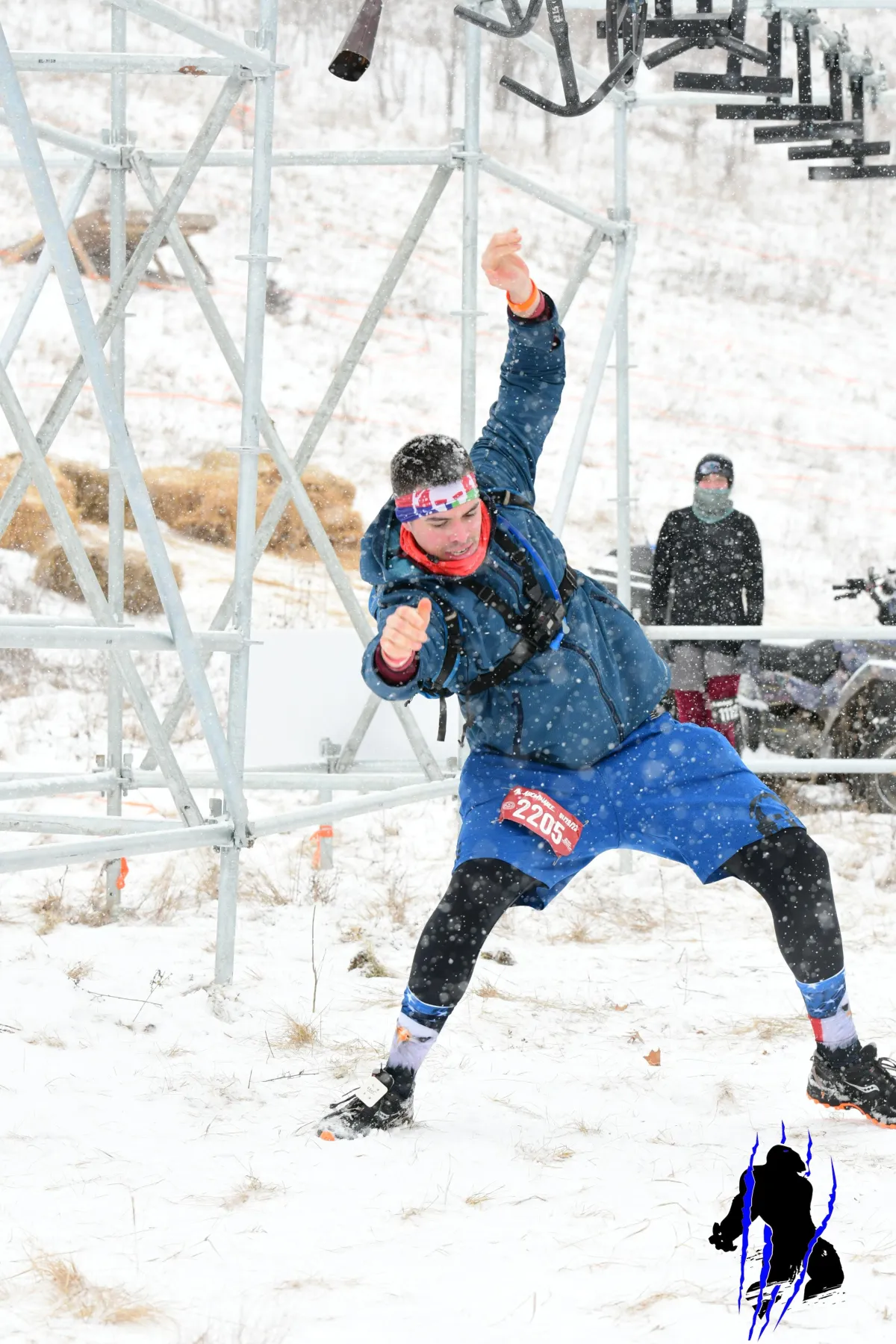The Overcoming Obstacles Blog

Chronic Ankle Instability: What No One Runner Wants to Have
“The strongest people aren’t always the people who win, but the people who don’t give up when they lose.” – Ashley Hodgeson
Understanding Chronic Ankle Instability: Causes, Risks, and Solutions
If you've ever experienced multiple ankle sprains, you might feel like you're always one misstep away from another injury. That lingering instability, weakness, or feeling that your ankle might "give out" could be a sign of Chronic Ankle Instability (CAI) — a condition that can affect your running, your fitness goals, and your quality of life.
In this blog post, we'll dive into what CAI is, how it occurs, who is at risk, how to address it, and the potential long-term impact if left untreated.
What Is Chronic Ankle Instability?
Chronic Ankle Instability (CAI) is a condition where the ankle joint repeatedly feels unstable and prone to giving out, particularly during physical activities like running, jumping, or walking on uneven terrain. It often develops after repeated ankle sprains that weaken the supporting ligaments and compromise the joint's stability. This results in repeated injuries that can occur in less intense activities.
The symptoms of CAI include:
Persistent swelling or tenderness in the ankle.
A feeling of wobbliness or instability.
Pain during activity, especially on uneven surfaces.
Frequent re-sprains or "rolling" of the ankle.
How Prevalent Is Chronic Ankle Instability?
CAI is surprisingly common, especially among athletes and active individuals. Studies estimate that up to 40% of people who experience a single ankle sprain go on to develop CAI. In runners, the numbers can be even higher due to the repetitive strain and high-impact nature of the sport. And with how the ankle sprain is the most common injury in sports (not running, but sports), it is likely that A LOT of these people will develop CAI.
Unfortunately, many individuals dismiss recurring sprains as minor setbacks, not realizing they’re setting the stage for long-term joint instability and dysfunction.
How Does Chronic Ankle Instability Develop?
CAI often begins with an acute lateral ankle sprain, which damages the ligaments on the outside of the ankle. Without proper rehabilitation, these ligaments may:
Fail to heal completely.
Lose their elasticity and strength.
Become less effective at stabilizing the joint.
Additionally, repeated injuries can impair the ankle’s proprioception (your body’s ability to sense position and movement), making it harder for you to react to changes in terrain or maintain balance.
Risk Factors for Chronic Ankle Instability
Several factors increase the likelihood of developing CAI:
1. Repeated Ankle Sprains: Each sprain weakens the ligaments and makes the joint more vulnerable to future injury.
2. Inadequate Rehabilitation: Skipping or rushing through rehab after an ankle sprain prevents the ligaments from fully recovering and compromises strength, mobility, and proprioception.
3. High-Risk Activities: Sports or activities that involve running, jumping, cutting, or rapid direction changes (like trail running, basketball, or soccer) place additional strain on the ankle joint.
4. Weakness or Imbalances: Weak calf muscles, tight Achilles tendons, or poor hip and core strength can increase stress on the ankle.
5. Hypermobile Joints or Flat Feet: Structural issues in the foot and ankle can also make sprains and instability more likely.
How Can Chronic Ankle Instability Affect Running and Daily Life?
CAI isn’t just a "runner's problem." Its effects can spill over into every aspect of your life:
In Running:
Reduced efficiency and performance due to pain or hesitation.
Increased risk of overuse injuries like Achilles tendinopathy or shin splints, as other parts of your body compensate for the instability.
Difficulty navigating uneven trails or hills.
In Daily Life:
Higher likelihood of trips and falls, even during simple activities like walking.
Persistent discomfort and swelling can limit your mobility.
Long-term damage to the ankle joint, including arthritis, if left untreated.
How to Fix Chronic Ankle Instability
The good news is that CAI can be managed and even reversed with proper care and commitment. Here’s how:
1. Physical Therapy:
A tailored rehab program is crucial to restore strength, stability, and proprioception. Key exercises include:
Strength Training: Calf raises, single-leg balance drills, and resistance band exercises for the ankle.
Proprioceptive Training: Balance exercises using a wobble board, foam pad, or stability trainer.
Functional Movements: Agility drills and sport-specific movements to retrain the ankle for real-life activity.
2. Mobility Work:
Restore full range of motion in the ankle with stretching and soft tissue work. Tight calves or an immobile Achilles tendon can increase strain on the ankle joint.
3. Bracing or Taping:
During high-risk activities, wearing an ankle brace or using athletic tape can provide additional support and reduce the risk of re-injury. It's not a major fixer, but it's a good short term idea.
4. Gradual Return to Activity:
Avoid rushing back into intense running or high-impact activities. Gradually build up strength and endurance to ensure the ankle can handle the load.
5. Surgery (in Severe Cases):
If conservative treatment fails, surgery may be required to repair or reconstruct the damaged ligaments.
Prevention Tips for Runners
If you’re a runner, prevention is key to avoiding CAI:
Warm up thoroughly before runs, that extra 5-10 minutes can make a lot of difference.
Incorporate strength and balance training into your weekly routine.
Wear proper footwear with adequate support.
Gradually increase mileage or intensity to avoid overloading your ankles.
Don’t ignore or "push through" ankle pain. Discomfort that goes away during the run is perfect, but if it lingers after the run, then you may need to back off the speed, the distance, or switch to a lower impact activity.
The Takeaway
Chronic Ankle Instability may feel frustrating and limiting, but it’s not a life sentence. With proper rehab, strength training, and prevention strategies, you can regain confidence in your ankles and keep pursuing your goals — whether that’s crushing a new PR or simply enjoying pain-free movement.
Don’t wait until your ankle gives out again. Take action now, and give your body the support it needs to stay strong and stable for years to come.
If this is you, then you aren't alone. Book your call here: https://roadtodawnwellness.com/book-page-7052

QUICK LINKS
GET IN TOUCH
Home Base: Little Chute, WI
(516) 924-6062
Monday - Saturday : 8:00 - 5:00
© 2024 Road to Dawn Strength and Wellness